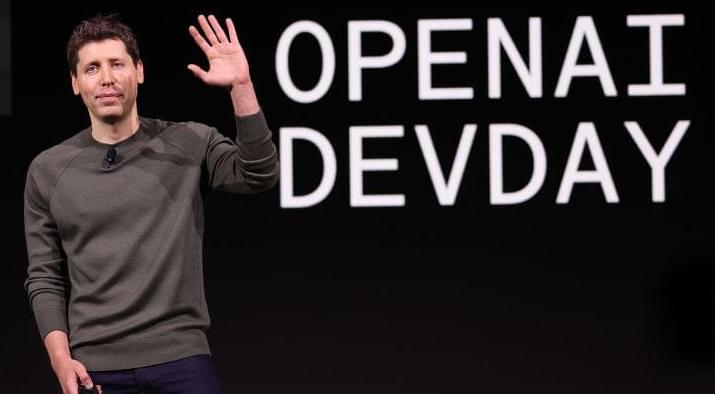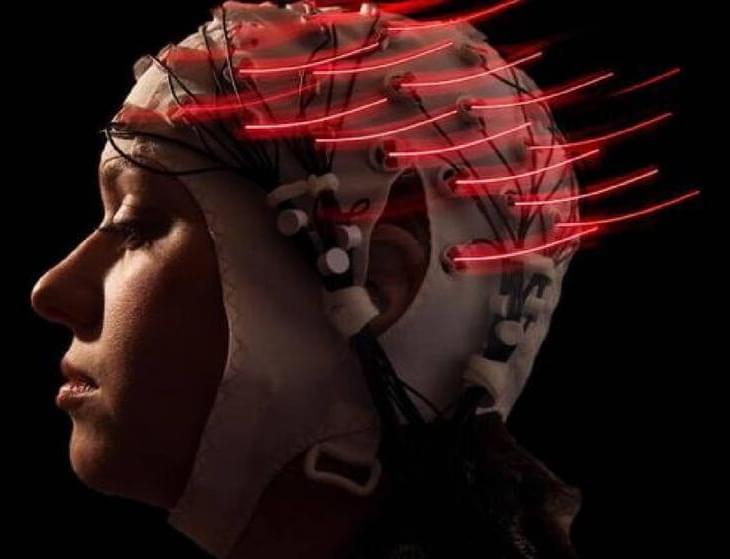Researchers grew tobacco in soil samples taken from the Moon in a major breakthrough.




Nvidia is on a tear.
But “there are no companies that are assured survival,” Huang warned Thursday at the Harvard Business Review’s Future of Business event.
Nvidia in its 30-year history has faced several existential threats, which helps explain why Huang recently told the Acquired podcast that “nobody in their right mind” would start a company. For example, it almost went bankrupt in 1995 after its first chip, the NV1, failed to attract customers. It had to lay off half its employees before the success of its third chip, the RIVA 128, saved it a few years later.
“We have the benefit of building the company from the ground up and having not-exaggerated circumstances of nearly going out of business a handful of times,” Huang said this week, as Observer reported. “We don’t have to pretend the company is always in peril. The company is always in peril, and we feel it.”

We spent 90 minutes with the pin and its founders at Humane’s SF offices.
A few hours after this morning’s big unveil, Humane opened its doors to a handful of press.
A few hours after this morning’s big unveil, Humane opened its doors to a handful of press. Located in a nondescript building in San Francisco’s SoMa neighborhood, the office is home to the startup’s hardware design teams.
An office next door houses Humane’s product engineers, while the electrical engineering team operates out of a third space directly across the street. The company also operates an office in New York, though the lion’s share of the 250-person staff are located here in San Francisco.
Today, much of the space is occupied by a series of demo stations (with a strict no filming policy), where different AI Pins are laid out in various state of undress, exposing their external machinations. Prior to attending these, however, Humane’s co-founders stand in front of a small group of chairs, flanking a flat screen that lays out the company’s vision.


SpaceX has achieved a world record by delivering over 1,000 metric tons of mass to orbit this year, as its founder Elon Musk claimed.
SpaceX/Twitter.
The mission was launched by a Falcon 9 rocket from Vandenberg Space Force Base in California at 10:49 am local time (1:49 pm EST; 1,849 GMT). The rocket’s first stage returned to the launch site and landed vertically about 7.5 minutes later. This was the 12th flight and recovery for this booster, per SpaceX’s mission details.

“The novel aspect about this study is the brain can very quickly distinguish whether an undesirable outcome is due to a (human) error, or due to something else.”
A new study demonstrates how the brain can tell the difference between an outcome that was due to human error and one where the person was not directly responsible. The process takes mere seconds.

In experiments conducted on the toothpaste no major side effects were reported.
Busracavus/iStock.
Peanuts are one of the most common food allergens, and peanut allergies tend to persist into adulthood more frequently than allergies to other foods. Peanut allergies are common, particularly in Western countries. The prevalence of peanut allergies appears to be increasing, and it is estimated that about 2.9 percent of the population in the United States suffers from the condition.

“This is the first project of its kind to incorporate a social component into a traffic control system.”
Vehicle pollution is a significant contributor to air pollution worldwide making it both a global and local problem.
A researcher is using machine learning to create traffic light management systems that are socially and environmentally conscious making them ideal at lessening emissions from vehicles.
